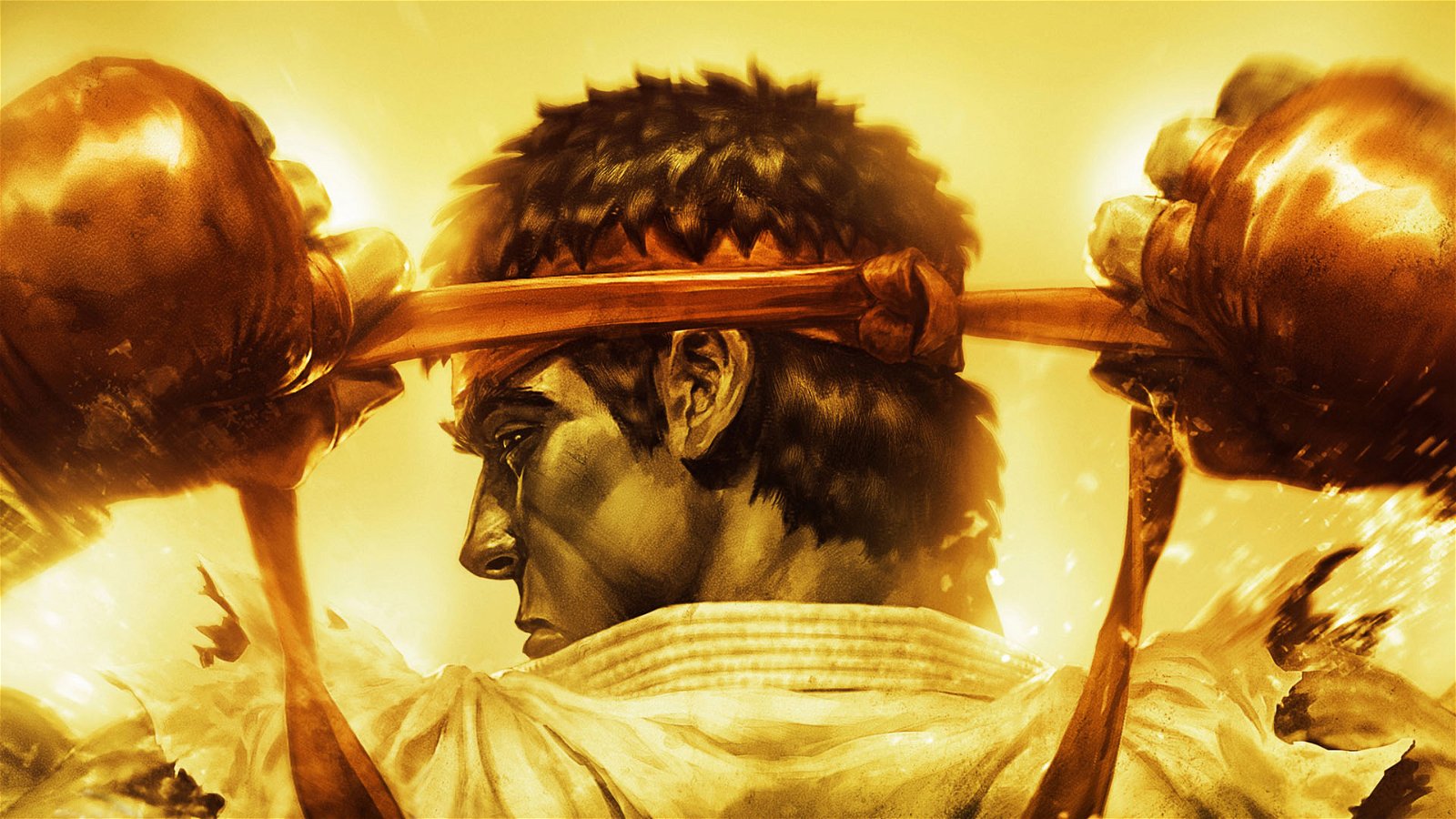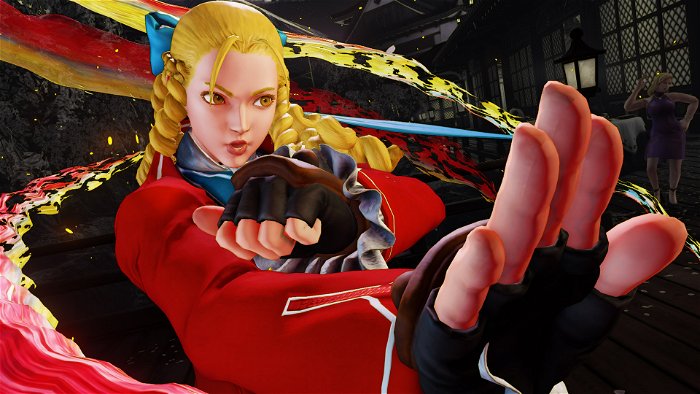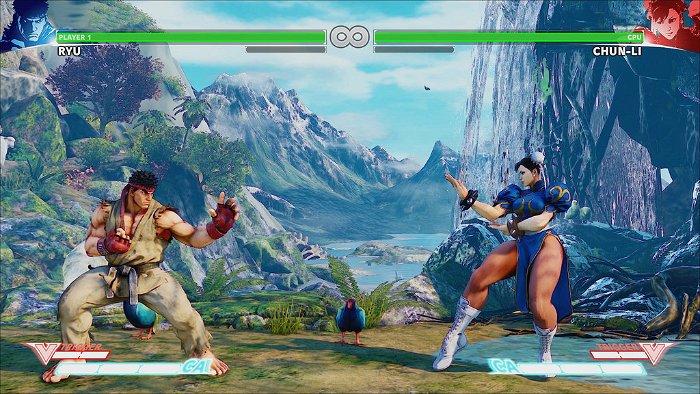Fighting games have been a mainstay for decades now. The concept of dishing out cool combos and controlling powerful and eccentric characters has been around since the 1980s. Gathering around arcades with a pocket full of change and trying to go unbeaten and take down the kid who’s undefeated was normal practice. Capcom’s beloved and revered Street Fighter franchise played a vital role in that.
Sure, we now have several different fighting game series, like Mortal Kombat, The King of Fighters, Killer Instinct, and Dead or Alive, but Street Fighter was really the first to popularize this genre, much like Final Fantasy VII made JRPGs some of the most commercially successful games for years.
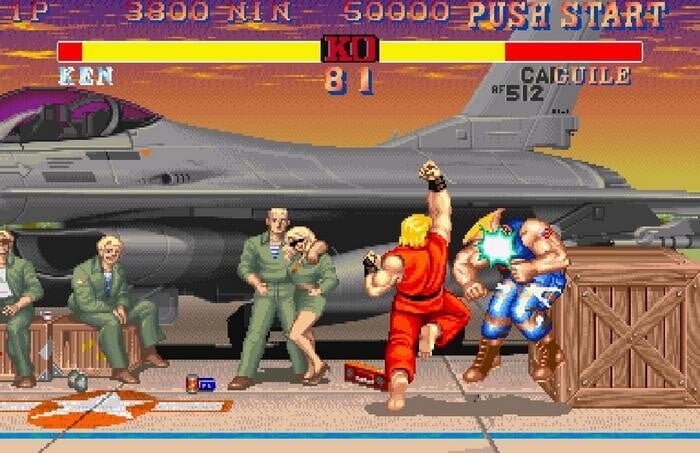
The first entry came out in 1987. It is designed and directed by Takashi Nishiyama and Hiroshi Matsumoto, who both previously worked on the beat ‘em up Avengers game. The concept of the game is simple: the player takes control of Japanese martial arts fighter Ryu as he competes in a worldwide fighting tournament spanning five countries and 10 opponents. You can only control Ryu as he goes up against fighters like his American rival Ken. You can perform various different kicks and punches, and three special moves: Hadouken, Shoryuken, and Tatsumaki Senpukyaku.
Street Fighter II: The World Warrior
The game was generally well received, but it didn’t necessarily set the world on fire. Most of the franchise’s more popular and loved characters aren’t present in the first game, like Blanka, Chun Li, and Guile. Plus, you can only play as Ryu. The direct sequel four years later, Street Fighter II: The World Warrior, was the game that both popularized Street Fighter and the fighting game genre. It was the first title that let players choose from a variety of different fighters to play as, all with their own fighting styles and special moves.
There are a total of eight playable characters, and four CPU-exclusive characters. Ryu, E. Honda, Blanka, Guile, Ken, Chun-Li, Zangief, and Dhalsim fall into the former category. Balrog, Vega, Sagat, and M. Bison are the non-playable fighters. Balrog was originally supposed to be called M. Bison. He closely resembled MIke Tyson, but in order to help avoid lawsuits Capcom rotated the names Vega, M, Bison, and Balrog.
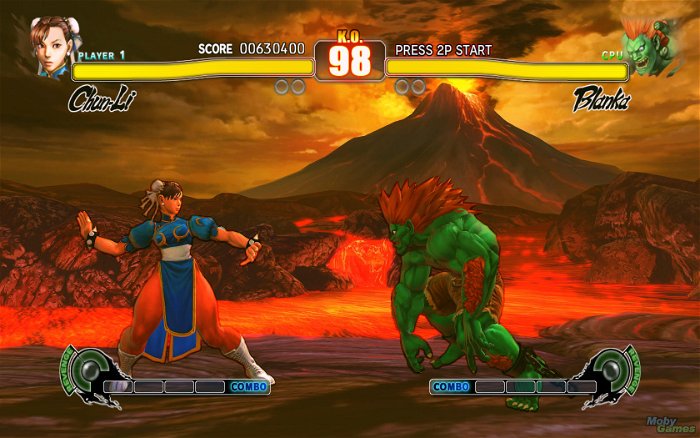
By 1993, sales of Street Fighter II exceeded $1.5 billion in revenue. The video game console ports of the game, which were the Super Nintendo Entertainment System, Sega Mega Drive, and Genesis, sold more than 14 million copies. Street Fighter quickly became a worldwide phenomenon. Street Fighter II received a slew of updated versions, including Street Fighter II: Champion Edition, which allowed players to control the four Grand Masters, and Street Fighter: Turbo, which increased the gameplay speed and introduced power-up special moves.
Street Fighter Alpha
In 1995 Capcom released Street Fighter Alpha, a pseudo spin-off sub-series. The Alpha games, of which there are three, employ similar art styles to Darkstalkers and Street Fighter II: The Animated Movie. The main gameplay difference here is the revamped Super Combo system introduced in Super Street Fighter II Turbo. It has a three-level Super Combo gauge in which players can fill up by inflicting and taking damage.
The direct sequel to Street Fighter II was only released six years later, Titled Street Fighter III: A New Generation, and it initially replaced every single character except Ryu and Ken. The new roster is led by Alex, and sees antagonist Gill replace M. Bison with the role. Some of the new abilities and mechanics introduced in this third main installment are the ability to quickly dash and/or retreat, perform high jumps, and do a quick standing after falling from an attack. You can also parry/block attacks for the first time in the series as well. The game received two follow-ups: Street Fighter III: 2nd Impact, which featured the return of Akuma as a playable character, and Street Fighter III: 3rd Strike, which brings back Chun-Li alongside four new characters.

Then the series took a long break from 1999 to 2008. During that decade, the only way you could play as Street Fighter characters in new fighting games were in the crossovers that Capcom was churning out during the time. Marvel vs. Capcom 2 and Capcom vs. SNK 2 are great examples. The reasons behind Street Fighter’s long hiatus aren’t well known. Perhaps the series was starting to lose a bit of steam after the deluge of new entries it was receiving for several years. The overall reception from both critics and fans for Street Fighter III was nowhere near as great as Street Fighter II’s. Plus, Capcom was moving in a different direction in the late 90s and early 2000s.
Time to talk Street Fighter IV
Resident Evil became a huge hit, and Keiji Inafune’s Onimusha was really the first excellent series on the PlayStation 2. There really was no commercial incentive for Capcom to pour its resources into a making a brand new Street Fighter game. The fighting genre in general was in decline for most of the early 2000s as well. It’s difficult to imagine this now, what with the incredible resurgence Tekken, Mortal Kombat, and Street Fighter have recently made, but all three franchises lost their way for a bit.
Producer Yoshinori Ono was desperate get a new numbered Street Fighter entry greenlit. However, both Capcom and Inafune resisted the idea as they felt the series’ long absence was huge point of concern. Capcom eventually caved in, and granted Ono’s wishes. Finally, in 2008 Street Fighter IV released on PlayStation 3 and Xbox 360, and like Street Fighter II before it, it took the world by storm. It made fighting games relevant again—the game has sold over 3.5 million copies, and was universally acclaimed.
The game features 19 playable characters, including several new ones like the Mexican luchador El Fuerte and female American Spy Crimson Viper. It plays most similar to Street Fighter II, and features a new system called Focus Attacks and as well as Ultra Moves. Street Fighter IV received three follow-ups: Super Street Fighter IV, Super Street Fighter IV: Arcade Edition, and Ultra Street Fighter IV. This really is the only major criticism people about the game, as Capcom’s decision to constantly release new editions of the game forces people to continually purchase the game over and over again.
It seems Capcom has taken this criticism to heart, and is handling the add-on content completely differently with 2016’s Street Fighter V. It promises fans that all new future content will be downloadable, and there’ll be no need to purchase an entirely different version of the game. It will be eight years between Street Fighter IV and V, and we’ll soon know if this fifth entry will leave the same impact that both Street Fighter II and IV did.
